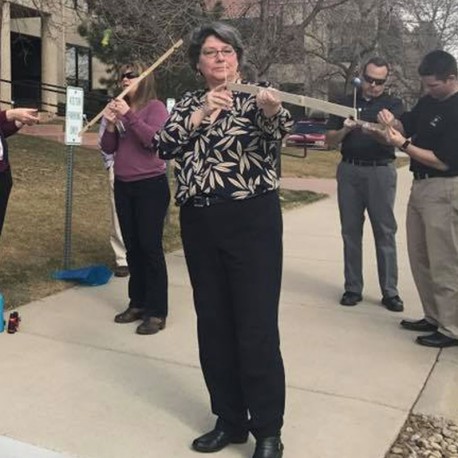 View larger
View larger
Why Do Eclipses Happen? (Yardstick Eclipse Demonstration)
New activity
Using simple materials, participants explore the vast distance between the Earth and Moon and model how solar and lunar eclipses happen.
Open Activity
How-to Video
-
Rating
-
Participants Enjoyed the ActivityParticipants Learned from This ActivityActivity Instructions Were Clear and Easy to FollowWould Recommend
Related Programming Resources
Reviews
A bit tricky, but helps establish the point
We used this as a demo while waiting for the Solar Eclipse to happen, with varying success. Some participants were able to easily recreate the experiment, but others had a hard time lining up the ruler to a light source to recreate the eclipse. For young participants, this was frustrating; older participants enjoyed the challenge of making it work. If you were to do this for a young crowd (7 and under), I would recommend that it be a family event, so parents can assist their children with recreating the experiment. Visually, though, it was a great aid in showing what exactly was happening during an eclipse.
Fun
Make sure to practice this before actually doing it. It can be hard to line up the Sun and Moon.
Yardstick explains solar eclipse
We used this demo in our preview sessions
before the eclipse with adults and children.
We also used it during the eclipse to talk to patrons who were in line at our solar telescopes.



